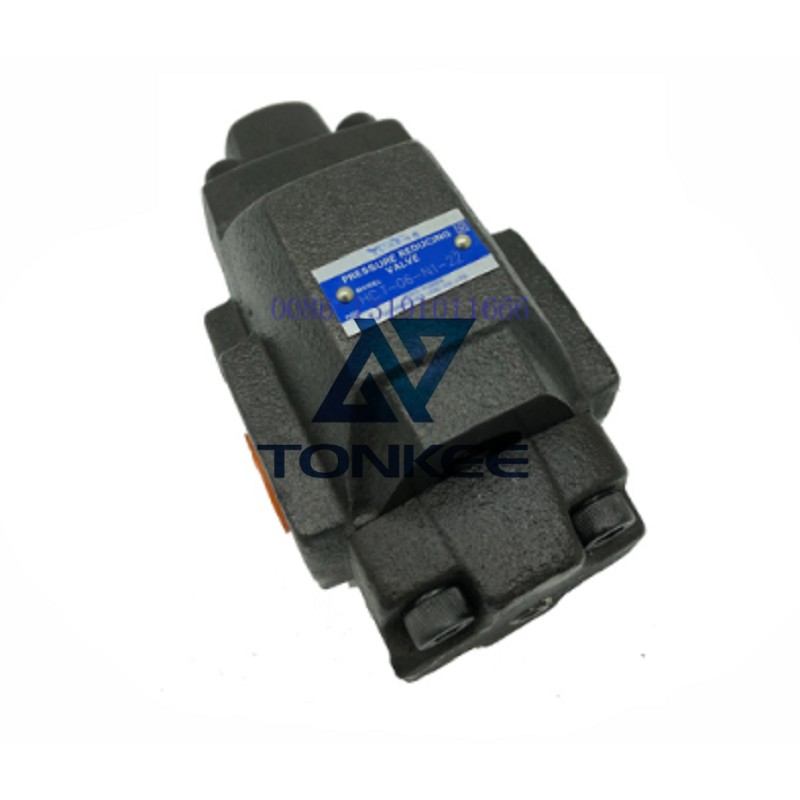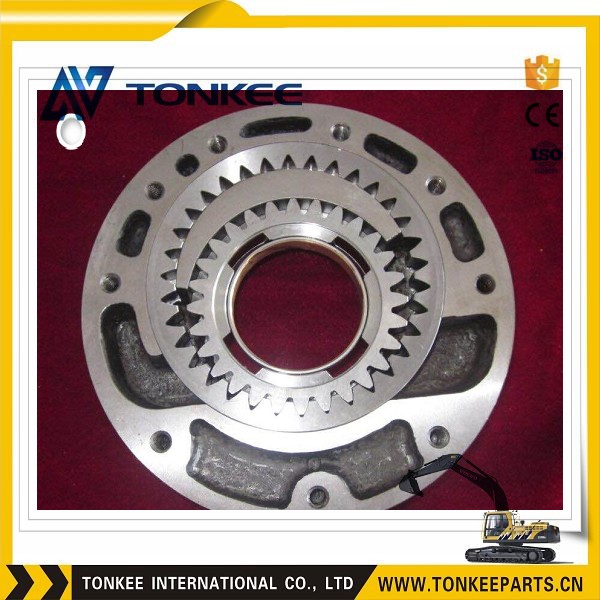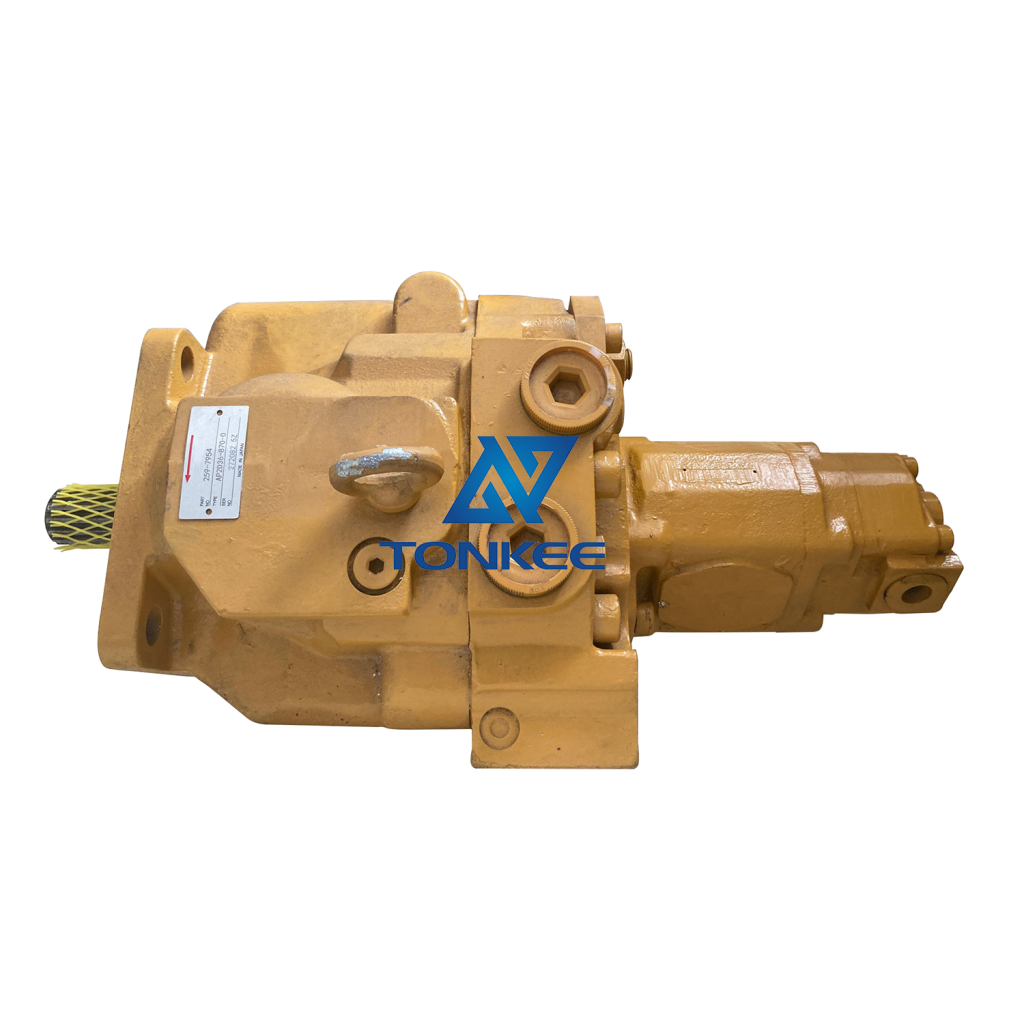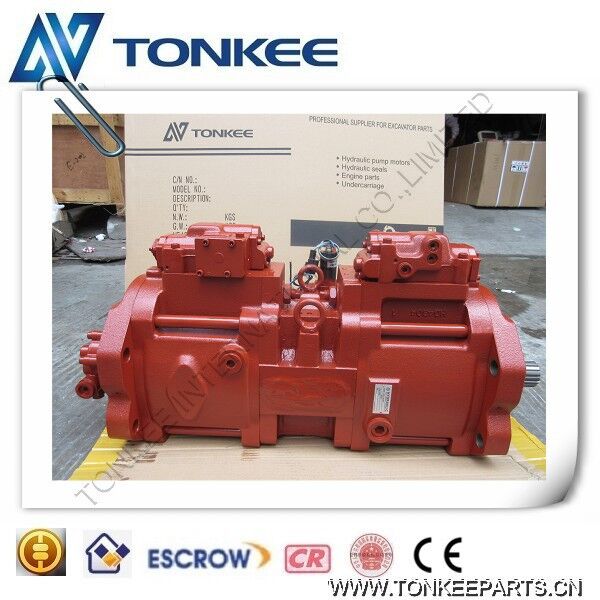
Body Material and Design: The HCT Series Control Valve is typically constructed with high-quality materials like stainless steel, carbon steel, or other alloys to ensure durability and resistance to corrosive environments.
The valve design can vary based on application requirements, including globe, angle, or rotary designs.
Size and Pressure Rating: These valves come in a range of sizes to accommodate different flow rates, typically from 1/2" to 12" and pressure ratings up to 2500 psi (pounds per square inch). Custom sizing is also available to meet specific project needs.
Control Mechanism: The HCT Series Control Valve utilizes various control mechanisms, including pneumatic, electric, and hydraulic actuators. This flexibility allows for precise modulation and on/off control, making it suitable for various process conditions.
Flow Characteristics: The valve can be configured to provide different flow characteristics such as linear, equal percentage, and quick opening to match the specific requirements of the application. This ensures accurate control and minimizes energy consumption.
Trim Design: The trim, which includes the valve plug and seat, is customizable to handle various fluids, including gases, liquids, and slurries. Special trims can be employed to tackle erosive, corrosive, or high-temperature substances.
Leakage Class: HCT Series Control Valves adhere to stringent leakage class standards, ensuring tight shut-off and reliable performance.
Temperature Range: The valves can operate across a wide temperature range, from cryogenic applications to high-temperature processes.
Accessories: A variety of accessories are available to enhance the valve's functionality, including positioners, limit switches, solenoid valves, and more.
These additions make it possible to automate and monitor the valve's performance.
Actuator Options: The control valve's actuators are available in different types, including diaphragm, piston, or electric motor actuators. These options cater to specific requirements and control system compatibility.
Certifications: HCT Series Control Valves often meet industry-specific certifications and standards, such as API, ASME, ISO, and ANSI, ensuring compliance with safety and quality requirements.
Sealing Technology: Innovative sealing technologies like packing seals or bellows seals are used to prevent fugitive emissions and reduce maintenance requirements.
Modularity and Repairability: The valve's modular design simplifies maintenance and repair, minimizing downtime and operational disruptions.
Control Signals: The valve can accept various control signals, including 4-20mA, 0-10V, or digital communication protocols, making it compatible with modern control systems.



 English
English Русский язык
Русский язык






